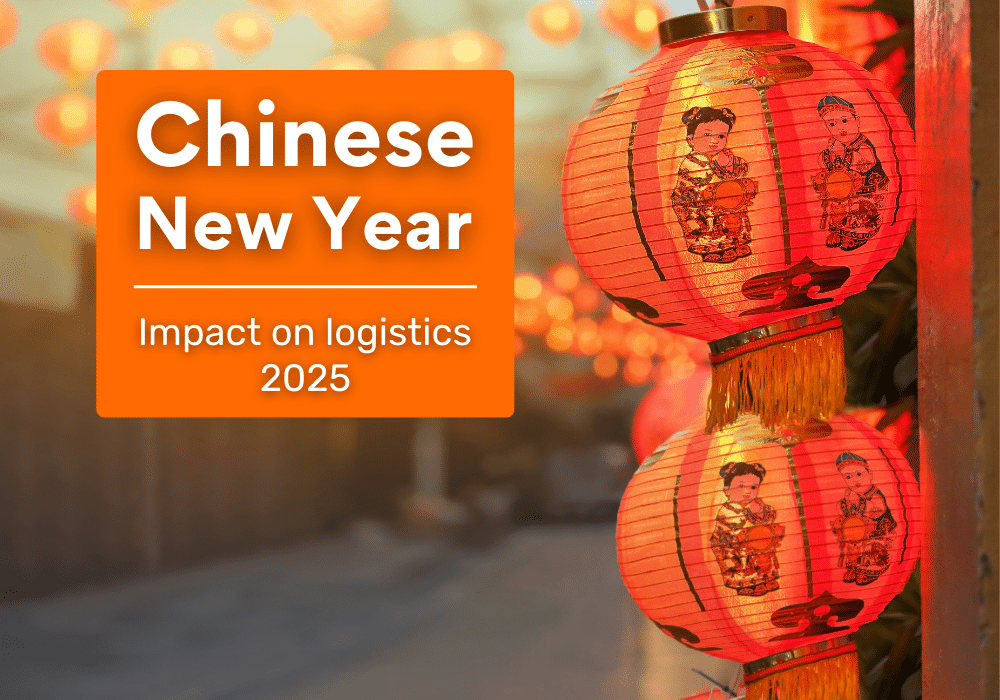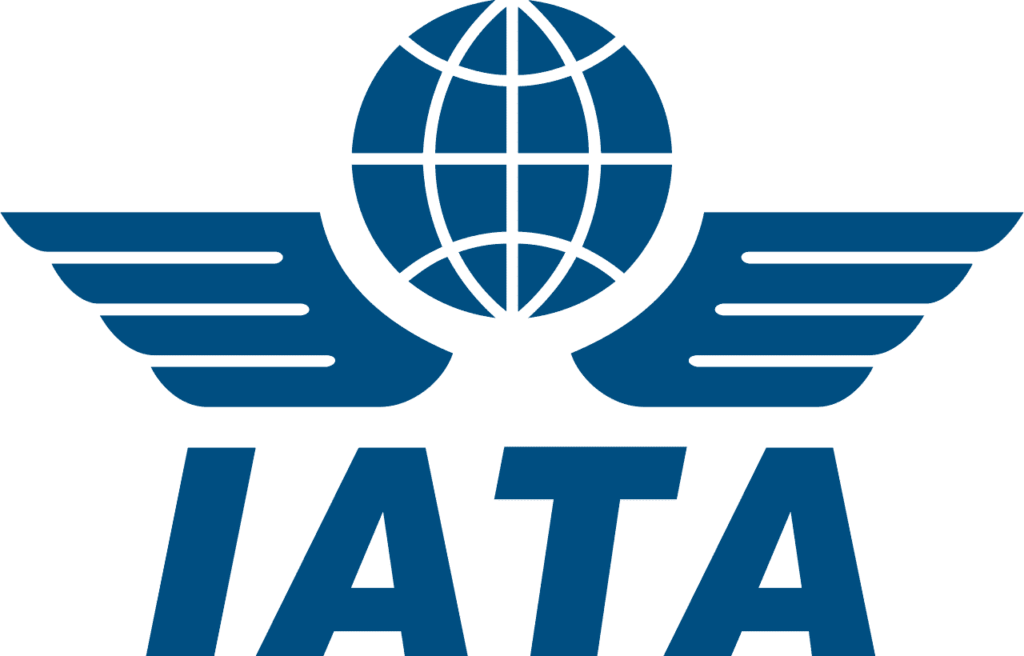Chinese New Year (CNY) 2025 is fast approaching—a time for family reunions, joyous celebrations, and age-old traditions! But for businesses and logistics professionals, it’s also a time to brace for unique challenges as China comes to a festive standstill. Discover everything you need to know about CNY and how to ensure your supply chain runs smoothly during this festive period.
What is Chinese New Year?
Chinese New Year, also known as the Lunar New Year or Spring Festival, is the most important holiday in China. It marks the start of the Lunar Calendar, with celebrations lasting about two weeks. The holiday is famous for the great migration, where millions of people travel across the country to reunite with their families—a unique combination of festivity and logistical challenges.
Important dates
Knowing the timeline of CNY 2025 allows businesses to anticipate changes in production, shipping timelines, and port operations. Key dates to watch are as follows:
January 14 to 27: In the weeks leading up to Chinese New Year, many companies prepare and finalize their orders before closing for the holiday. The travel rush, known as Chunyun, begins and significantly affects the logistics industry. Traditionally, people travel home to their families about two weeks before the celebration.
January 28: The start of Chinese New Year, marking the first day of the official holiday period. The streets are filled with decorations, and fireworks light up the sky.
January 29 to February 4: This is the peak celebration week. Everyone is home celebrating the new year with family and loved ones. Only a small part of the workforce will be available to do critical work.
February 4: The Lantern Festival concludes the celebrations. Operations gradually resume, and everyone begins their return journeys to their place of work.
Impact of Chinese New Year on logistics and supply chains
Air freight
- Reduced capacity: Airlines typically reduce freighter services during the holiday period, leading to a decrease in cargo capacity for imports and exports, influenced by factory shutdowns.
- Higher costs: The limited air freight availability drives up rates, especially for time-sensitive shipments.
- Delays in customs clearance: Due to a workforce shortage, customs will operate on a reduced schedule, and air freight shipments may experience clearance delays, impacting delivery timelines.
Sea freight
- Port congestion: Military exercises planned in the North China Sea during the holiday, which may cause vessel delays. There is also expected to be an increase in congestion at ports as companies rush to export goods before the holiday, affecting imports and exports.
- Labor shortages: Many people will be taking off for the holidays, resulting in a shortage of workers. The limited availability of crane operators, truck drivers, and port workers will slow cargo handling, resulting in additional port delays.
If you are looking for assistance in navigating your logistics, feel free to contact us!









